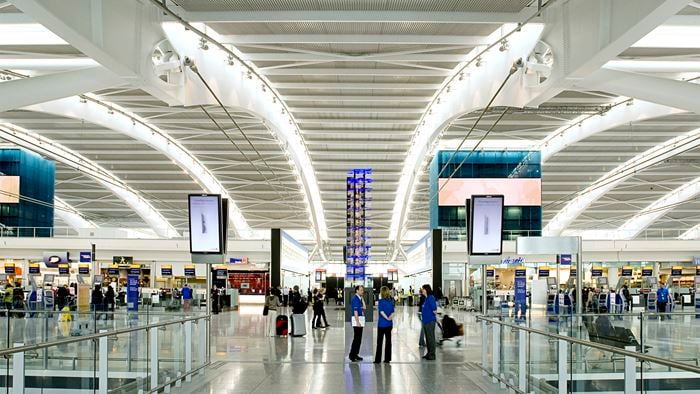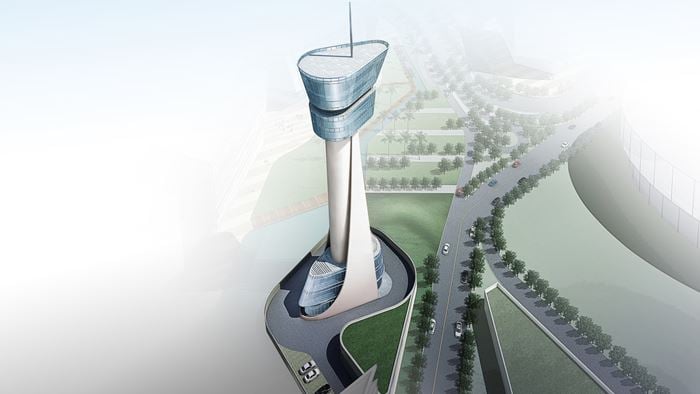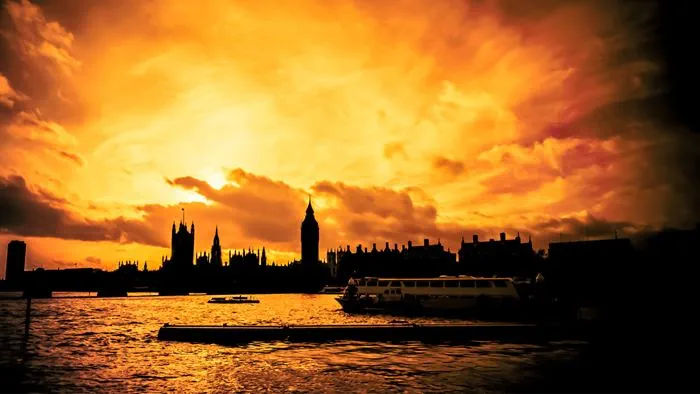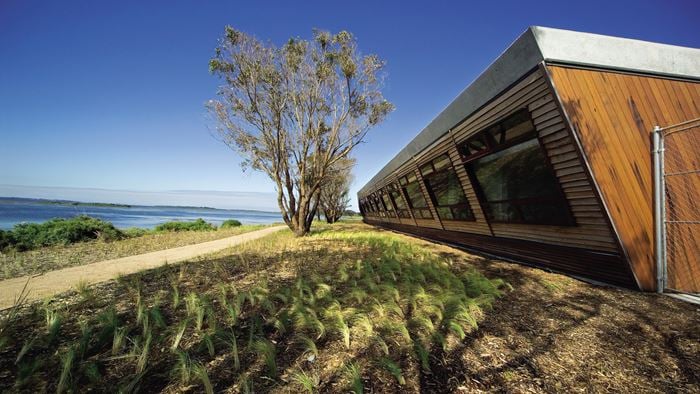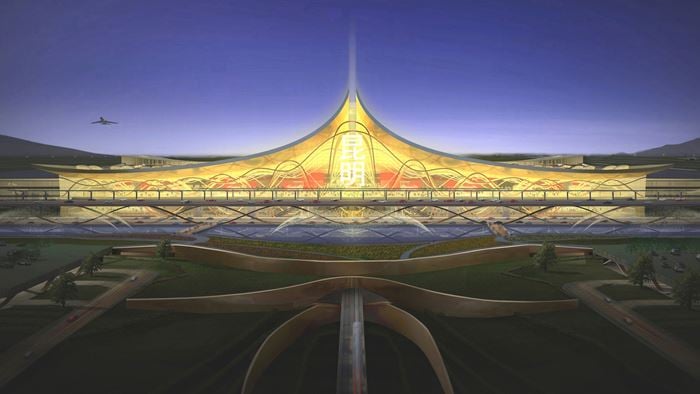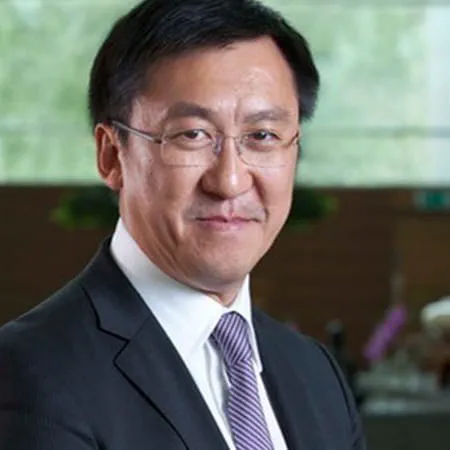Beijing Capital International Airport Terminal 3 sets a new global standard for passenger experience, operational efficiency and sustainable design, providing a modern gateway to China and a new iconic structure for Beijing.
The terminal provides a much-needed expansion in response to the increased passenger influx driven by China’s economic boom and the Beijing Olympics. The addition of Terminal 3 and the third runway increased the airport’s capacity from 35m to over 80m passengers per year.
One of the fundamental principles governing the terminal design was to make it as welcoming and functional as possible. There are few changes of level, short distances between destinations and quick transfer times.
Terminal 3 is also one of the world’s more environmentally sustainable airport terminal buildings, designed to respond to Beijing’s cold winters and hot summers. Its soaring, aerodynamic roof uses skylights to make the most of the sun’s heat and light, bathing passengers in shades of red and gold as they move through the lofty building.
As part of a joint venture with Foster + Partners and NACO, we delivered the new airport terminal building in just over four years. The modular structural form allowed a fast construction programme from the start of the design work to opening in early 2008.
Project Summary
90m passengers per annum capacity
50gates
“We're interested in producing performance-based designs, rather than repeating the normal solutions. ”
Martin Manning Consultant
Sustainable airport design
Terminal 3 at Beijing Capital International Airport was designed to be one of the world’s most sustainable terminal buildings. A major part of its energy-efficient design is the use of roof lights, which are a strong visual and environmental feature of the structure. Angled southeast on the curving roof, these lights capture the thermal energy used to heat the building on winter mornings- thus helping to minimise the building’s energy consumption. Their small size also helps reduce the building’s cooling requirements during warm summer months.
The design incorporates other passive environmental technologies. Water consumption is minimised by adopting separate water systems for drinking and non-portable use, such as flushing toilets. Carbon emissions of the building were reduced by minimising energy consumption with integrated environmental control systems, incorporating shading into the design to reduce the need for cooling, and combining natural daylight with intelligent use of artificial lighting.
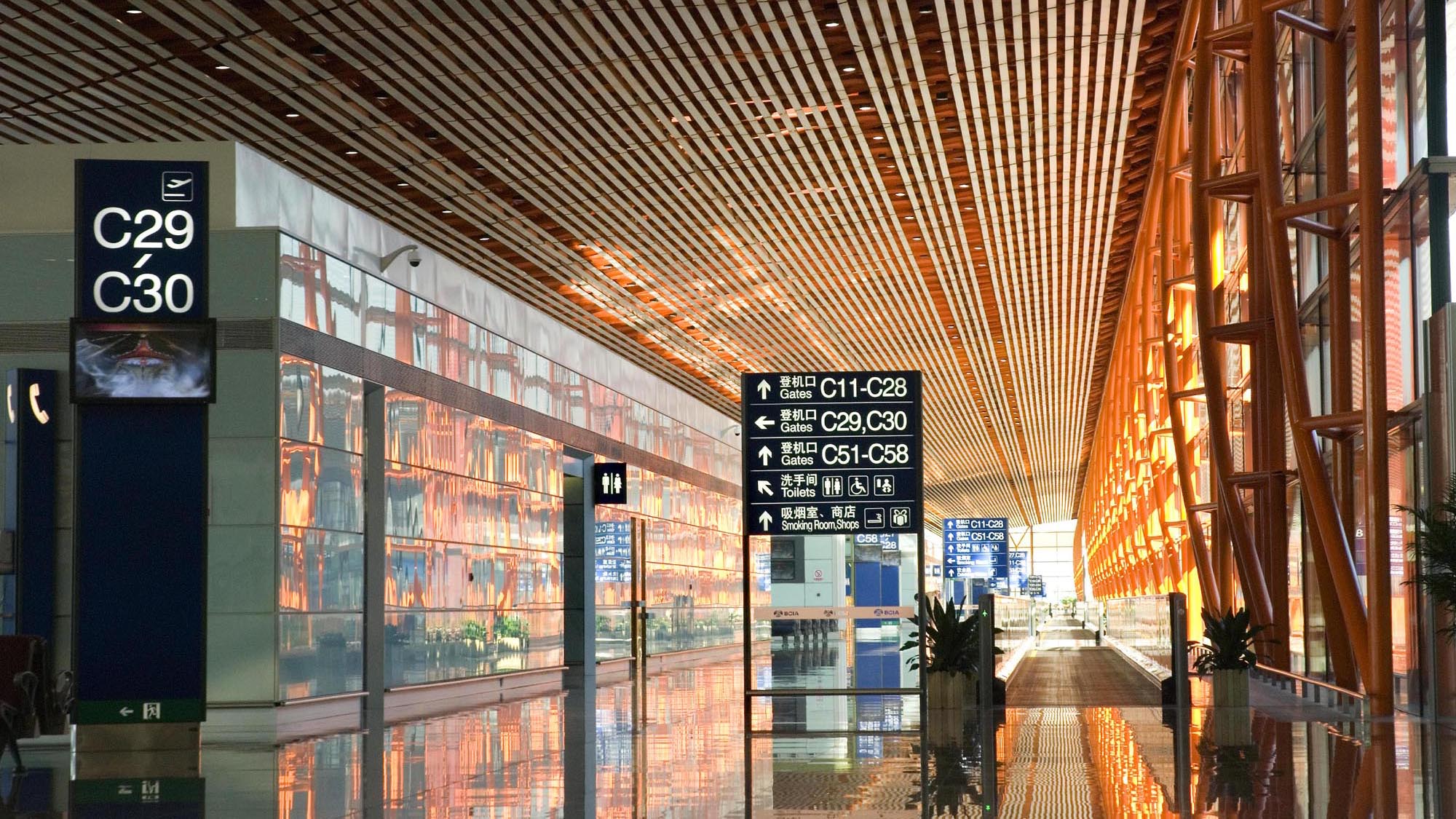 ;
;






